Administration for Community Living (ACL)
https://acl.gov/
Mission
Maximize the independence, well-being, and health of older adults, people with disabilities across the lifespan, and their families and caregivers.
Vision
For all people, regardless of age and disability, to live with dignity, make their own choices, and participate fully in society.
The Administration for Community Living was created around the fundamental principle that older adults and people of all ages with disabilities should be able to live where they choose, with the people they choose, and with the ability to participate fully in their communities.
By funding services and supports provided by networks of community-based organizations, and with investments in research, education, and innovation, ACL helps make this principle a reality for millions of Americans.
The Administration on Aging (AOA) is the principal agency of the U.S Department of Health and Human Services designated to carry out the provisions of the Older Americans Act of 1965 (OAA), as amended (42 U.S.C.A. § 3001 et seq.). The OAA promotes the well-being of older individuals by providing services and programs designed to help them live independently in their homes and communities. The Act also empowers the federal government to distribute funds to the states for supportive services for individuals over the age of 60.
The Administration on Aging (AOA) provides grants to States and Territories based on their share of the population aged 60 and over for education and implementation activities that support healthy lifestyles and promote healthy behaviors. Evidence-based health promotion programs reduce the need for more costly medical interventions.
A number of Tai Chi based programs have met varying degrees of criteria for inclusion in the AOA's list of effective evidence-based interventions for improving health and wellbeing or reducing disease, disability and/or injury among older adults; and being ready for translation, implementation and/or broad dissemination by community-based organizations using appropriately credentialed practitioners.
Tai Chi: Moving for Better Balance. Moving for Better Balance is designed to improve the strength, balance, and physical functioning of individuals with diminished physical abilities, including older adults and those with Parkinson’s disease. The focus of the program is Tai Chi, a nontraditional form of exercise, which is used to help participants improve postural stability, control of body positioning, gait initiation and locomotion, movement symmetry, and coordination; increase the range of motion around ankle joints; and build strength in lower extremities. Tai Chi also can be used to enhance mental health, improve sleep quality, and reduce blood pressure.


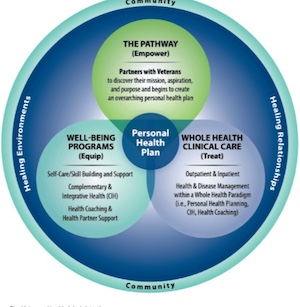
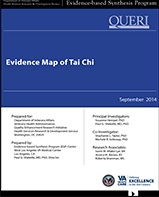 an active VA affiliation. The ESP Centers generate evidence syntheses on important clinical practice topics, and these reports help develop clinical policies informed by evidence, the implementation of effective services to improve patient outcomes and to support VA clinical practice guidelines and performance measures, and set the direction for future research to address gaps in clinical knowledge.The Evidence Map of Tai Chi provides an overview of Tai Chi research and describes its volume and focus. It combines a systematic review of systematic reviews with a scoping review for the Veterans Administration priority areas pain, posttraumatic stress disorder, and fall prevention. The evidence map summarizes patient outcomes reported in reviews of studies in patients practicing Tai Chi for health-related indications. Statistically significant effects across existing studies were reported for hypertension, falls outside of institutions, cognitive performance, osteoarthritis, chronic obstructive pulmonary disease, pain, balance confidence, depression, and muscle strength.
an active VA affiliation. The ESP Centers generate evidence syntheses on important clinical practice topics, and these reports help develop clinical policies informed by evidence, the implementation of effective services to improve patient outcomes and to support VA clinical practice guidelines and performance measures, and set the direction for future research to address gaps in clinical knowledge.The Evidence Map of Tai Chi provides an overview of Tai Chi research and describes its volume and focus. It combines a systematic review of systematic reviews with a scoping review for the Veterans Administration priority areas pain, posttraumatic stress disorder, and fall prevention. The evidence map summarizes patient outcomes reported in reviews of studies in patients practicing Tai Chi for health-related indications. Statistically significant effects across existing studies were reported for hypertension, falls outside of institutions, cognitive performance, osteoarthritis, chronic obstructive pulmonary disease, pain, balance confidence, depression, and muscle strength.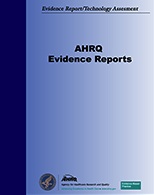

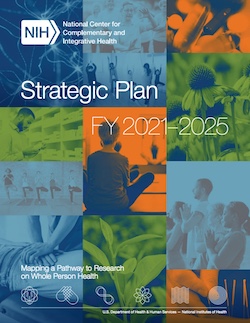


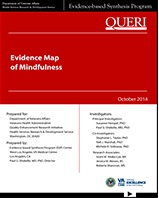 VA. HSR&D provides funding for four ESP Centers and each Center has an active VA affiliation. The ESP Centers generate evidence syntheses on important clinical practice topics, and these reports help develop clinical policies informed by evidence, the implementation of effective services to improve patient outcomes and to support VA clinical practice guidelines and performance measures, and set the direction for future research to address gaps in clinical knowledge. The Evidence Map of Mindfulness reports the most consistent effect for depression but published meta-analyses also indicated effects compared to passive control of MBSR on overall health, chronic illness, and psychological variables; MBCT for mental illness; and mindfulness interventions for somatization disorders. Limited evidence is also available for mindfulness interventions for pain, anxiety, and psychosis compared to passive control groups. More detail is provided for priority areas post-traumatic stress disorder, stress, depression, and wellness. The evidence map provides a broad overview (not detailed or definitive effectiveness evidence) over the existing research to help interpret the state of the evidence to inform policy and clinical decision making.
VA. HSR&D provides funding for four ESP Centers and each Center has an active VA affiliation. The ESP Centers generate evidence syntheses on important clinical practice topics, and these reports help develop clinical policies informed by evidence, the implementation of effective services to improve patient outcomes and to support VA clinical practice guidelines and performance measures, and set the direction for future research to address gaps in clinical knowledge. The Evidence Map of Mindfulness reports the most consistent effect for depression but published meta-analyses also indicated effects compared to passive control of MBSR on overall health, chronic illness, and psychological variables; MBCT for mental illness; and mindfulness interventions for somatization disorders. Limited evidence is also available for mindfulness interventions for pain, anxiety, and psychosis compared to passive control groups. More detail is provided for priority areas post-traumatic stress disorder, stress, depression, and wellness. The evidence map provides a broad overview (not detailed or definitive effectiveness evidence) over the existing research to help interpret the state of the evidence to inform policy and clinical decision making. Recommendations for an Effective Personal Falls Prevention Program
Recommendations for an Effective Personal Falls Prevention Program